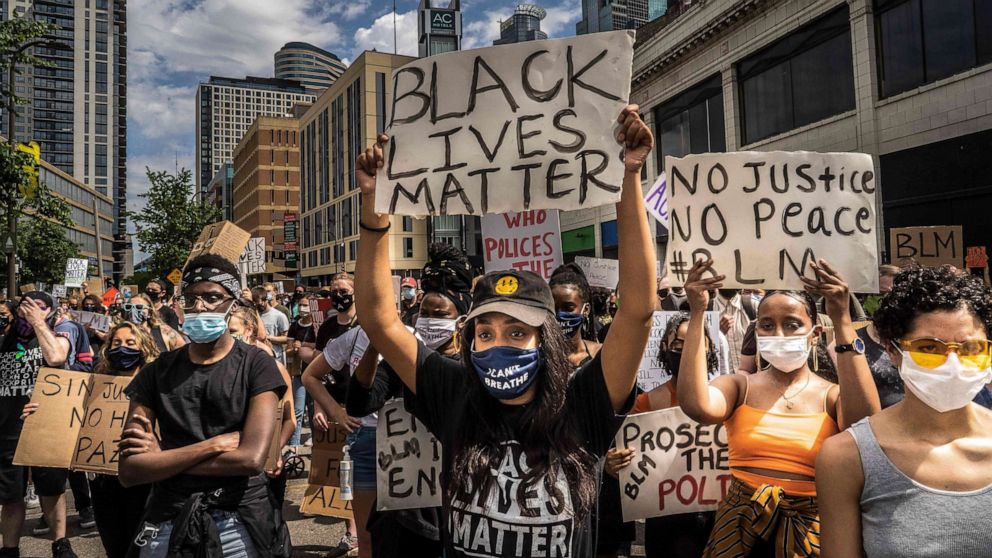volunteer to get tested. There’s no other way. That makes it inherently self-selecting. That is in addition to the fact the viral load has to be high enough at the time for the tests to detect the presence of the virus. That means the same people have to be tested again.
Yes, this is exactly the point of these protester-specific testing sites. They wanted to see exactly how the risk of infection was impacted by those who engaged on protest activities. There has been a huge push for people who attended rallies to get tested with or without symptoms.
The articles are from two weeks ago but they were looking at testing done 7 to 10 days after the very first protests. That is well within the incubation period for infected to begin exhibiting symptoms.
A more recent check in from six days ago showed no significant change.
So far, Minneapolis has not seen a dramatic uptick in COVID-19 cases related to George Floyd protests, the state’s Department of Health said.

www.google.com
But probably the most telling indicator is the rate of hospitalizations. Testing rates may want or suffer from accessibility issues, but significant increases in the numbers of people showing up at hospitals requiring medical support are a clear indication of a spike in infection rates.
So far, MN hasn’t seen any increase in hospitalizations. If anything there’s been a slight trend downwards over the past week.
Typically, Day 4 through 7 after exposure is when an infected person begins to feel symptoms like fever or coughing. Day 10 to 14 is the time period most people who experience symptoms severe enough to seek out medical support.
Given that it’s been a month since the start of the protests here in MN, we should be seeing an appreciable rise in hospitalizations here commiserate with a rash of new infections. Since that isn’t happening - yet - it appear that at least in MN, recent protests are not driving any spikes.
It may be different in other places, depending on how diligent people were in wearing masks and practicing social distancing. The only way to tell if protests are a specific driver of infection spikes though is to do like MN Health Department and Mayo Clinic did and specifically test those who protested and then measure those results (how many infected individuals per 1000) against the rate for the general population.




:watermark(cdn.texastribune.org/media/watermarks/2020.png,-0,30,0)/static.texastribune.org/media/files/dc45acf092ebdf2d31f6cf78354fd75f/Uhland%20Covid%20Testing%20JV%20TT%2010.jpg)





